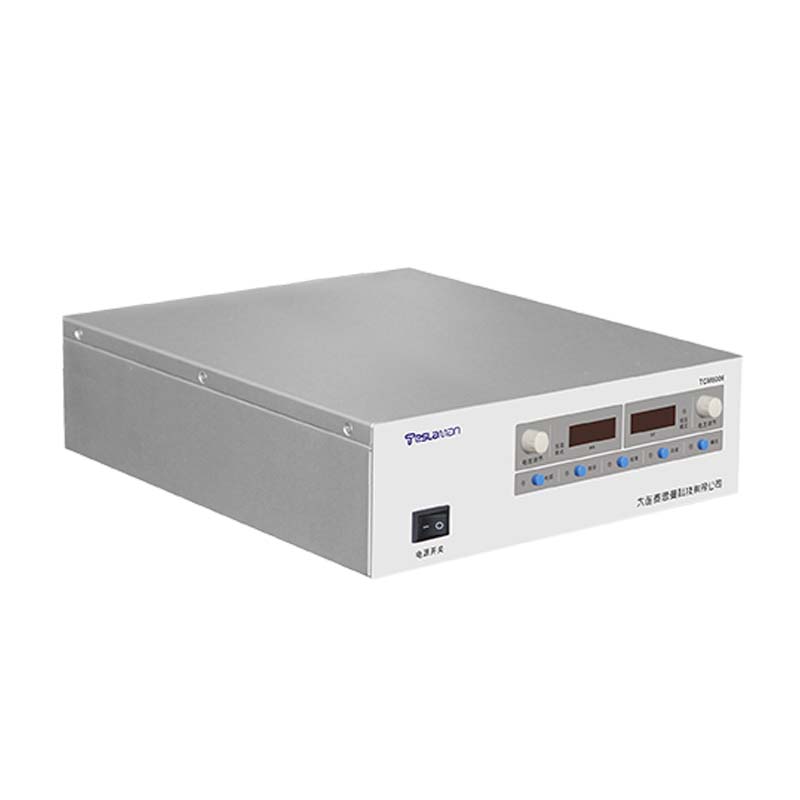The Value and Application of High-Voltage Power Supplies in Rapid Response Leak Detection Systems
In the field of industrial safety, real-time liquid leakage monitoring is critical for production security and resource protection. As the core driver of leak detection systems, the rapid response capability of high-voltage power supplies directly determines the early warning efficiency and accuracy against leakage risks. This article explores how high-voltage power supplies empower modern leak detection technology through millisecond-level signal triggering and dynamic regulation, based on technical principles and application scenarios.
1. Rapid Response Mechanism of High-Voltage Power Supplies
Traditional leak detection relies on conductivity or light refraction principles. In conductivity-based detection, for example, when liquid contacts a sensing cable, the cable’s resistance changes abruptly due to the liquid’s conductive properties. A high-voltage power supply (typically >1 kV) creates a high-sensitivity current field in the detection circuit. Upon contact with trace liquid (e.g., 0.1 μL/cm²), the power supply can capture current surges within milliseconds, triggering an alarm system. Compared to low-voltage systems, the high signal-to-noise ratio of high-voltage outputs significantly reduces signal identification time, avoiding delays or false alarms caused by environmental interference.
2. Core Application Scenarios for Rapid Response
1. High-Risk Fluid Leak Prevention
In semiconductor or lithium battery plants, micro-leaks of electrolytes or strong acids (pH 1–14) may trigger chain reactions. High-voltage-powered positioning systems (e.g., four-core conductive polymer cables) can locate leaks within 1 second with 0.1-meter precision. Their fast power-cut mechanism also links to valve closure, preventing corrosive liquid spread.
2. Micro-Leak Monitoring in Enclosed Spaces
Scenarios like oil storage tanks or medical cleanrooms require detection of oil or sterile fluid leaks. High-voltage power supplies combined with photoelectric sensors utilize the principle of refractive index disruption to total internal reflection for non-contact detection. For instance, when liquid contacts the sensor, light intensity plummets, and the power supply enhances signal strength through dynamic voltage boosting (0–5 kV adjustable), cutting response time to under 0.5 seconds.
3. Technical Breakthroughs: Optimizing Dynamic Response
To enhance response speed, next-gen high-voltage power supplies employ two key technologies:
1. Dynamic Voltage Regulation
By monitoring resistance gradient changes in real time, the system auto-adjusts output voltage (e.g., from 1 kV to 3 kV) to compensate for signal attenuation over distance, ensuring consistent sensitivity throughout detection.
2. Anti-Interference Filtering
Integrated threshold comparators and low-pass filter circuits distinguish true leaks from vibrations or thermal noise, reducing false alarms by >90%. For example, in high-temperature pipelines, the system can shield thermal noise below 150°C.
4. Future Trends: Intelligence and Integration
As industrial scenarios grow more complex, high-voltage power supplies are evolving toward miniaturization and AI integration:
MEMS-Based Micro High-Voltage Modules: Shrink power supplies to chip scale for embedding in distributed sensors, enabling synchronous monitoring of kilometer-scale pipelines;
Predictive Maintenance Models: Train AI algorithms with historical current data to preempt leakage risks, pushing response speeds to sub-second levels.
Conclusion
The rapid response capability of high-voltage power supplies lies in their ability to amplify signal boundaries via high-voltage fields, converting physical leaks into quantifiable electrical surges. Their value extends beyond speed—they construct a safety from passive alarms to active protection in high-risk environments. As power consumption optimization and AI integration advance, the golden response time for industrial safety may soon break the millisecond barrier.




















